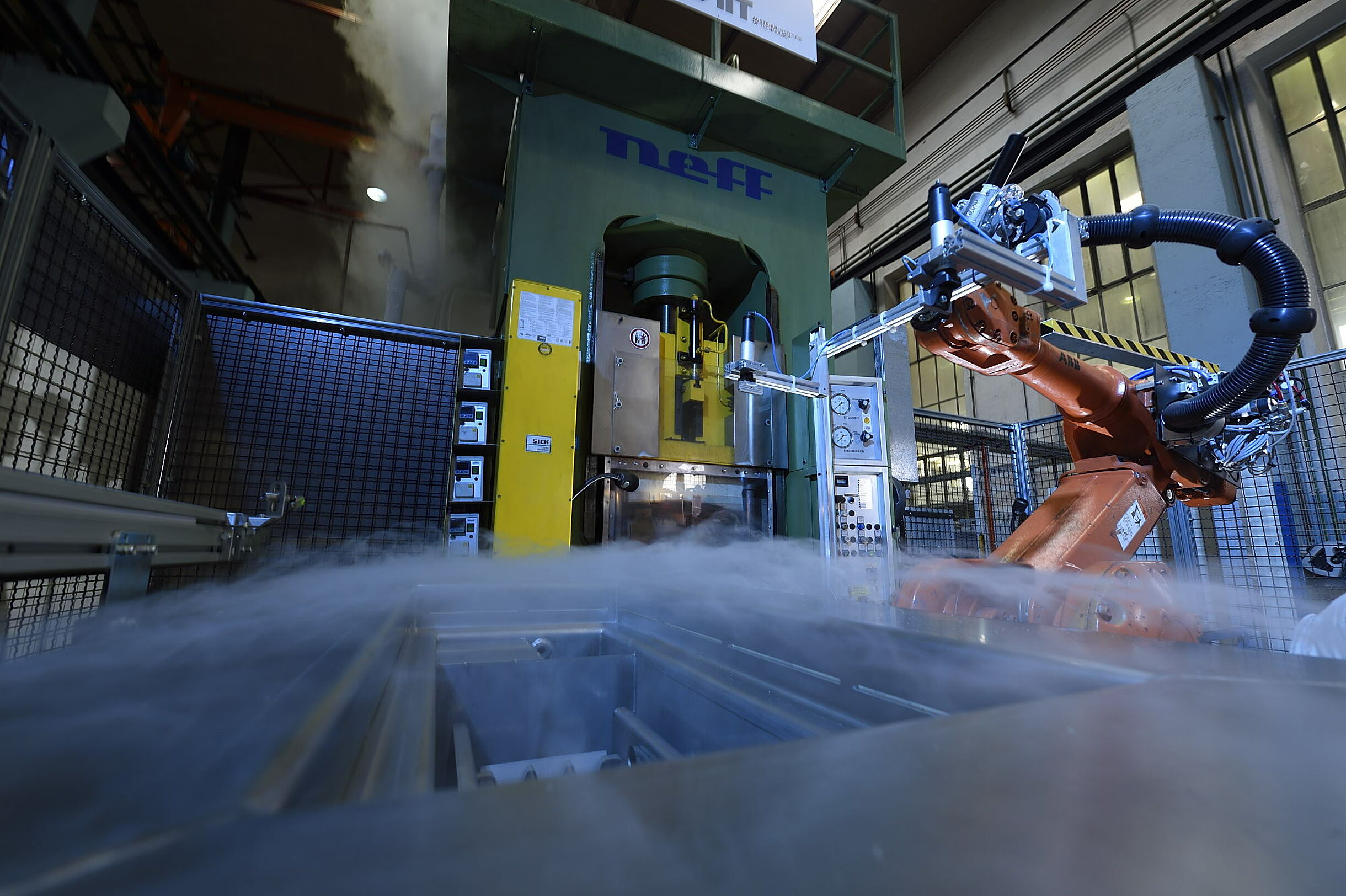Aluminum is becoming increasingly important in lightweight car construction. An innovative process developed at the LKR Light Metal Competence Center Ranshofen opens up completely new areas of application.

Aluminum is becoming increasingly important in lightweight car construction. An innovative process developed at the LKR Light Metal Competence Center Ranshofen opens up completely new areas of application.